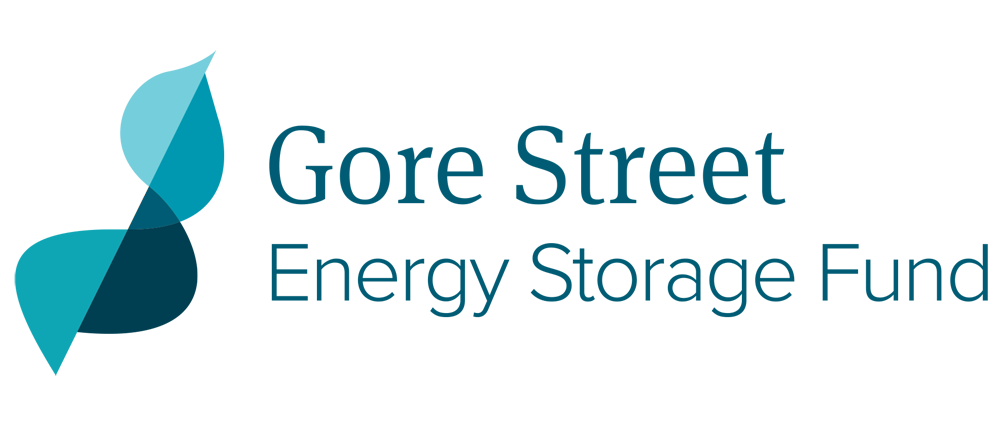It has either moved or doesn't exists any more.
Please browse the links below:
RNS Announcements
- Director Share Purchase and PDMR Dealing
19 December 2025 - Holding(s) in Company
18 December 2025 - Director/PDMR Shareholding
18 December 2025 - Holding(s) in Company
17 December 2025
Our Portfolio
Find out about our portfolio
Investor Alert
Sign up for alerts


